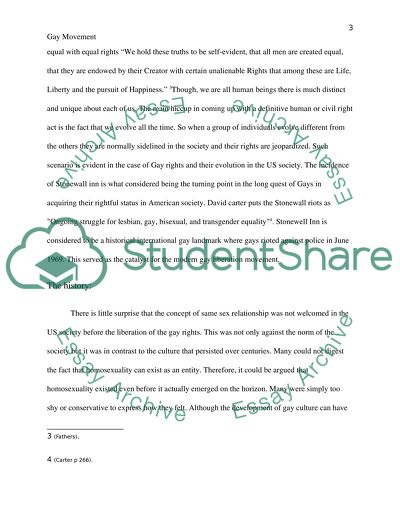Cite this document
(“The Evolution of Civil Rights: Stonewall riots of 1969 Research Paper”, n.d.)
Retrieved from https://studentshare.org/history/1396644-the-evolution-of-civil-rights-gay-rights-and-the
Retrieved from https://studentshare.org/history/1396644-the-evolution-of-civil-rights-gay-rights-and-the
(The Evolution of Civil Rights: Stonewall Riots of 1969 Research Paper)
https://studentshare.org/history/1396644-the-evolution-of-civil-rights-gay-rights-and-the.
https://studentshare.org/history/1396644-the-evolution-of-civil-rights-gay-rights-and-the.
“The Evolution of Civil Rights: Stonewall Riots of 1969 Research Paper”, n.d. https://studentshare.org/history/1396644-the-evolution-of-civil-rights-gay-rights-and-the.


